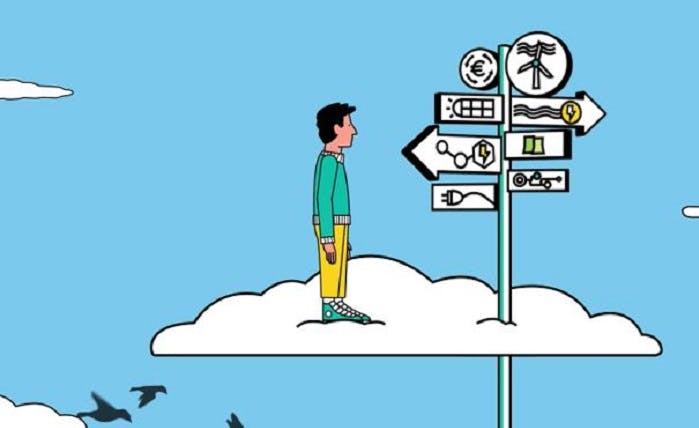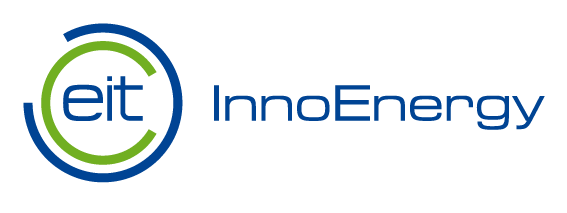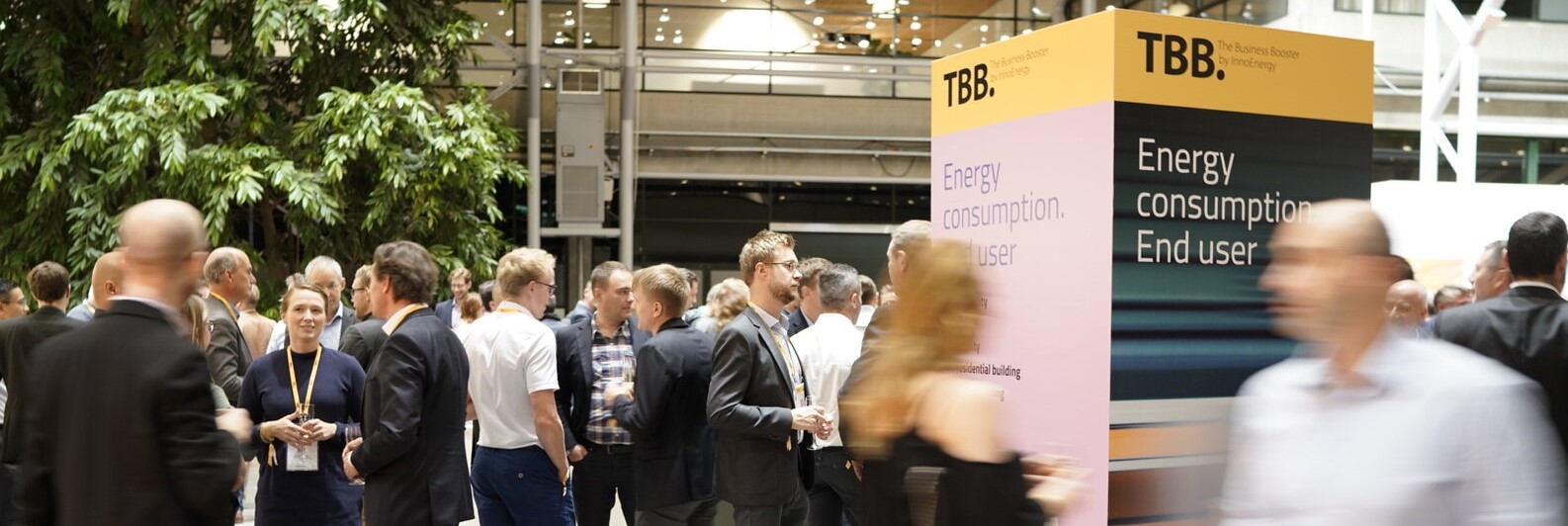InnoBlog: Building a clean, integrated, decentralised and smart energy system, one student at a time!

Today, climate change is a global concern. Nations as well as individuals are making great efforts to eliminate the impact on the environment. As a result, the changes are also occurring within the energy sector, from the penetration of solar and wind power, the increasing demand-side management, etc. So how will the energy industry future that EIT InnoEnergy students are building will look like? By looking at my fellow classmates as well as and taking on board expert opinion and research, the answer I hope will be “a clean, integrated, decentralised and smart”.
“Clean” – a sustainable grid built with renewables
Asking anyone from the energy field in Europe, where the energy industry is heading, the first thing they will tell you is “sustainability” [1]. Keeping an eye on events back home, I was also excited to learn that China proposed “carbon neutrality” in its latest development strategy [2]. To make the energy transition happen, we need everyone!
Undoubtedly, to reduce the carbon footprint as much as possible, the new generation of energy will be decarbonised: solar, wind and tidal power will replace all the fossil fuels, and the share of these renewables will keep mounting.
“Decentralised”- a transparent grid with distributed resources
The prosumer and distributed energy generation are vital for this transition. Lots of us have heard about this “prosumer” which is a combination of consumer and producer; something that we cover frequently in Master’s in Energy for Smart Cities, especially when talking about demand side management.
People are starting to care about the energy they use [3]! Meanwhile, electric vehicles, private solar panels and heat pumps create a new energy solution for end-users. This is not just happening on a domestic level; multi-level distributed energy resources (DERs) for multi-level prosumers and consumers will be put into use to eliminate the loss and cost of energy transmission [4]. This also means that the transparency of data will be required [3].
“Integrated”- power to everything and everything to power
Integration is complex. An integrated energy system is not only the connection of energy (Energy Internet or IoE) but also an integration of energy utilities like sensors as well as users [5]. After the Internet of Things (IoT) was proposed,t’s been applied in various ways to IoE.
CHP (combined heat and power), Power to X and X to power are all part of IoE category as I picked up from the Renewable Energy Technology course while studying at KTH Royal University of Technology. This X could be anything like electrical vehicles and gas and is a critical technology! For example, surplus electricity could be used to electrify to produce hydrogen for storage purpose or further conversion to methane.
At the same time, in order to minimise energy waste, improve the resilience and flexibility of the grid, to control the energy transaction efficiently, the connection between energy developers, consumers, and investors, the combination of micro-generators and the integration of technologies will also be critical [4]!
“Smart”- a smart and digitalised energy world
To build such grid, the role of cutting-edge technologies will be critical. This is a digital world, so is the energy world must follow. Lots of the latest developments in the energy field are linked with digital technologies. The management platform construction, the collection of data and the implementation of Energy Internet will require various smart solutions and digital devices. Hardware, sensors and smart meters, software and data analytics will be needed to support future improvements in generating, distributing, and consuming electrical energy [3,5]. These latest technologies application enables user-to-user, user-to-grid interaction. The era of Energy 4.0 is coming [4]!
These trends not only influence the energy system for tomorrow, they also have a strong impact on our studies! While still in my Bachelor’s at Sichuan University in China, I closely followed the power systems where I first came across about energy internet and now I am well-emerged in the subject. As energy developments booming in Europe, I chose to join the rest of the EIT InnoEnergy students here. From Germany that’s decided to invest around 50 billion euros to build a smarter grid for the coming decade to Sweden (where I am based right now) a country that has a lowest share of fossil fuels in its primary energy supply among all IEA member countries, Europe is an exciting place to be [6]! Actually, a friend of mine from Master’s in Sustainable Energy Systems told me that even our accommodation building within the KTH campus is self-sufficient from energy aspect!
In short, energy is fundamental and important aspect that supports our daily life. EIT InnoEnergy supports the innovations in the energy industry by working with Master’s students, start-ups, scale-ups and already established big industry players. Covering a range of activities from energy storage to smart cities, there are always opportunities within EIT InnoEnergy to learn and network outside of your Master’s!
Studying EIT InnoEnergy’s Master’s in Energy for Smart Cities at KTH, I can address the most exciting and important areas in sustainable energy and energy engineering.
As the industry is booming and the concern around environmental impact is growing, there has never been a better time to join one of the most fascinating and rewarding industries!
Join us and contribute to the future energy system!
By Yanshu Wei, Master’s in Energy for Smart Cities
References:
[1] Disruptordaily, 2019, What Is The Future Of Energy? 16 Experts Give Their Insights.
[2] Atlantic Council, 2021, China’s top-down economic and social reform to achieve carbon neutrality
[3] Futurice, 2020, 5 Energy Trends to Watch Out for in 2021
[4] Startus-insights, Top 10 Energy Industry Trends & Innovations in 2021
[5] Miglani, A., Kumar, N., Chamola, V., & Zeadally, S. (2020). Blockchain for Internet of Energy management: Review, solutions, and challenges. Computer Communications, 151, 395-418.
[6] IEA, 2019, Sweden is a leader in the energy transition, according to latest IEA country review

